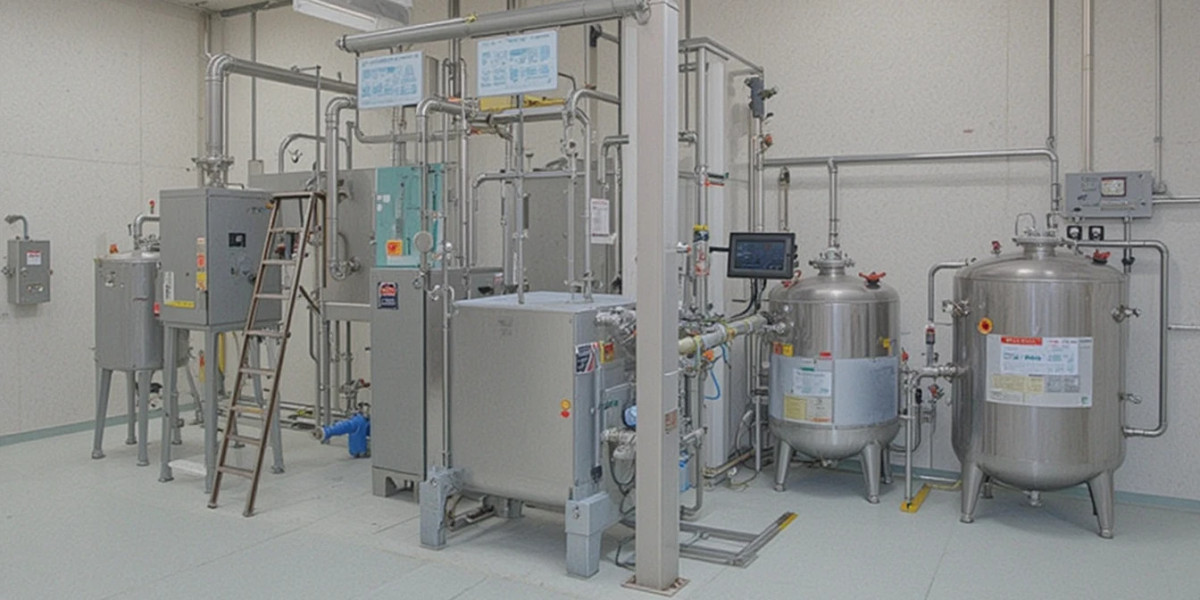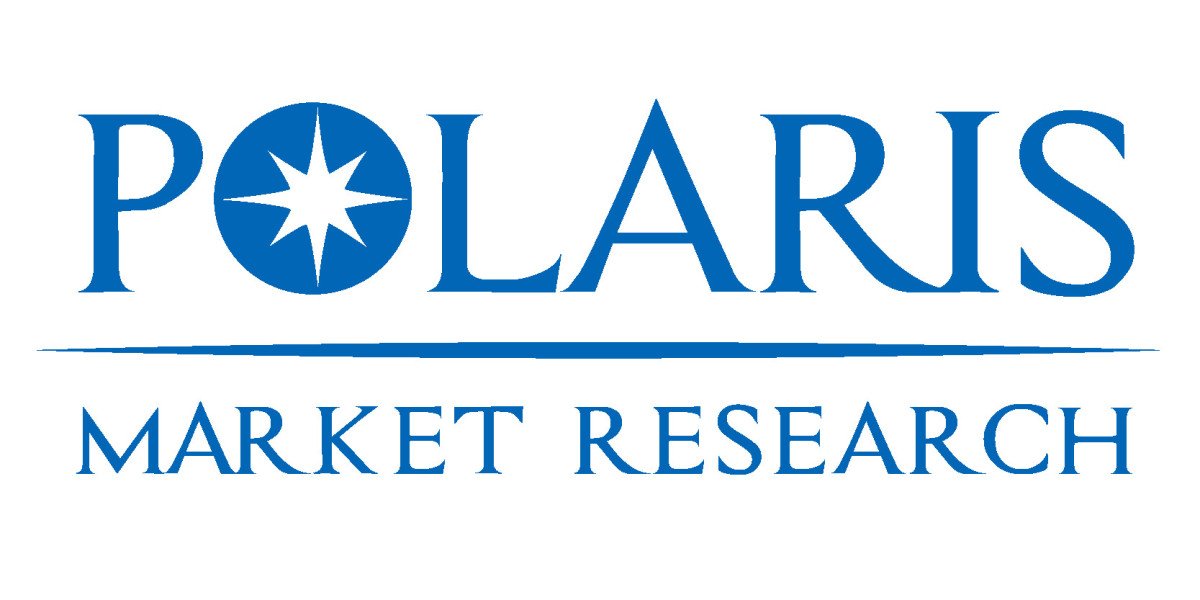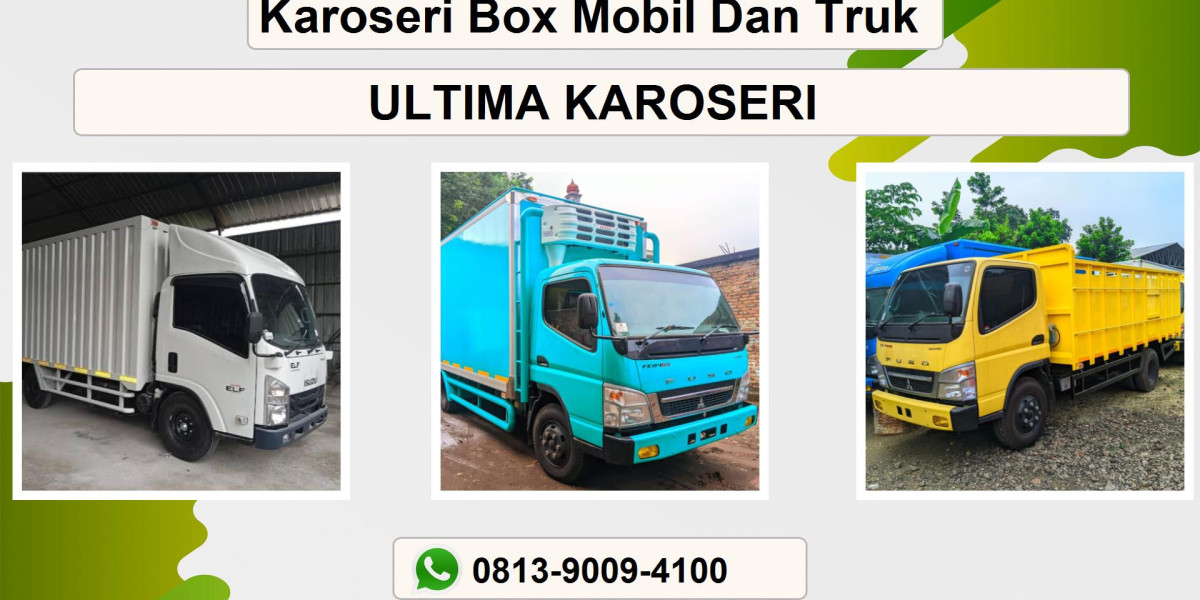Efficient water heating systems are vital for industrial, residential, and commercial applications. Among these systems, indirect hot water calorifiers play a crucial role. They are designed to heat water indirectly through an external energy source, ensuring efficiency and safety. Manufacturers of these systems focus on precision engineering, durability, and performance.
This blog explores the function, design, and manufacturing process of indirect hot water calorifiers, highlighting their applications and technological advancements in the heating industry.
What Is an Indirect Hot Water Calorifier?
Definition and Function
An indirect hot water calorifier is a vessel that heats water using an external energy source. The heat is transferred through coils or heat exchangers rather than direct heating elements. This design prevents water from contacting the heating source directly, reducing scaling and extending system life.
How It Works
Hot water from a boiler or solar system flows through a coil inside the calorifier. This coil transfers heat to the water stored in the tank. Once the water reaches the desired temperature, thermostats and control valves maintain consistent heat levels.
Key Components
Storage tank
Heat exchanger or coil
Temperature control system
Insulation layer
Safety valves
These components work together to provide efficient heating and maintain energy balance.
Importance of Indirect Hot Water Calorifiers
Energy Efficiency
Indirect systems utilize existing heat sources such as boilers or renewable systems. This setup minimizes energy waste and lowers operational costs.
Low Maintenance
Because there are no direct heating elements in contact with water, scaling and corrosion risks are reduced. This makes the system easier to maintain.
Longer Lifespan
High-quality materials like stainless steel and copper make calorifiers durable and resistant to internal wear.
Consistent Hot Water Supply
Indirect calorifiers deliver a stable and continuous flow of hot water, even in high-demand environments such as hotels, hospitals, and factories.
The Role of Manufacturers in Quality Production
Engineering and Design
Manufacturers start by designing the calorifier using CAD software. The design ensures correct tank capacity, coil arrangement, and insulation requirements.
Material Selection
Selecting corrosion-resistant materials like stainless steel or copper is essential. These materials enhance efficiency and longevity, especially in areas with hard water.
Fabrication Process
Tank Construction: The metal sheets are cut, rolled, and welded into a cylindrical shape.
Coil Installation: Heat exchangers or coils are inserted and welded to ensure secure connections.
Insulation: The tank is wrapped in high-quality insulation to prevent heat loss.
Cladding: The outer shell, made from steel or aluminum, protects the unit from damage.
Testing: Each unit undergoes pressure, temperature, and safety testing to ensure compliance with standards.
Compliance and Standards
Manufacturers adhere to standards like ASME, BS EN, or ISO certifications. These ensure the safety, reliability, and performance of the calorifiers.
Types of Indirect Hot Water Calorifiers
Vertical Calorifiers
These are ideal for compact spaces and commonly used in commercial buildings.
Horizontal Calorifiers
Used in large industrial applications, these provide higher storage capacity and easy maintenance.
Solar-Compatible Calorifiers
Designed to integrate with solar energy systems for sustainable heating.
Duplex Coil Systems
For systems requiring multiple heating sources, duplex or triplex coils allow flexibility and efficiency.
Industrial Applications of Indirect Hot Water Calorifiers
Hotels and Hospitality
Provide consistent hot water for rooms, kitchens, and laundry facilities.
Hospitals and Healthcare
Ensure hygienic hot water for cleaning, sterilization, and patient care.
Industrial Facilities
Used in production processes where temperature-controlled water is essential.
Educational and Commercial Buildings
Calorifiers provide reliable hot water for restrooms, cafeterias, and maintenance areas.
Marine and Offshore
Compact calorifiers are used in ships and offshore platforms for safe and efficient heating.
Technological Advancements in Calorifier Manufacturing
Automation and Precision Tools
Modern manufacturers use CNC and laser-cutting machines to ensure high precision in production.
Smart Control Systems
Some models now feature digital temperature control and monitoring systems for better regulation.
Integration with Renewable Energy
Manufacturers design calorifiers compatible with solar and geothermal systems, supporting sustainable energy solutions.
Improved Insulation Materials
Enhanced insulation reduces heat loss, improving overall system efficiency.
Factors to Consider When Choosing a Calorifier Manufacturer
Experience and Expertise
Select manufacturers with a strong track record in designing energy-efficient water heating systems.
Material Quality
Ensure they use premium-grade materials like stainless steel for long-term durability.
Customization Options
Manufacturers should offer tailored solutions based on project requirements and available energy sources.
After-Sales Support
Reliable manufacturers provide installation guidance, maintenance assistance, and spare parts availability.
The Future of Indirect Hot Water Calorifiers
Eco-Friendly Manufacturing
Manufacturers are focusing on green production practices and recyclable materials.
Smart Monitoring
Future systems will integrate IoT technology for remote monitoring and predictive maintenance.
Compact and Modular Designs
New designs will prioritize space efficiency and modular assembly for easy installation.
Enhanced Durability
Continuous improvements in materials and coatings will increase corrosion resistance and lifespan.
Benefits of Using Indirect Hot Water Calorifiers
Reduced Energy Costs
They optimize energy usage by utilizing existing heat sources efficiently.
Safety and Reliability
The indirect design minimizes electrical risks and maintains stable water temperatures.
Low Environmental Impact
Calorifiers compatible with renewable energy systems contribute to sustainability goals.
Scalability
Manufacturers can design calorifiers suitable for small facilities or large-scale industrial applications.
Conclusion
An indirect hot water calorifier is an efficient and durable solution for hot water production in modern facilities. Its ability to connect with multiple energy sources makes it both cost-effective and environmentally friendly. Manufacturers play a vital role in maintaining high production standards, ensuring each unit meets global safety and performance expectations.
With the growing demand for sustainable and energy-efficient solutions, the future of calorifier manufacturing lies in innovation, digital control, and eco-conscious production practices.






